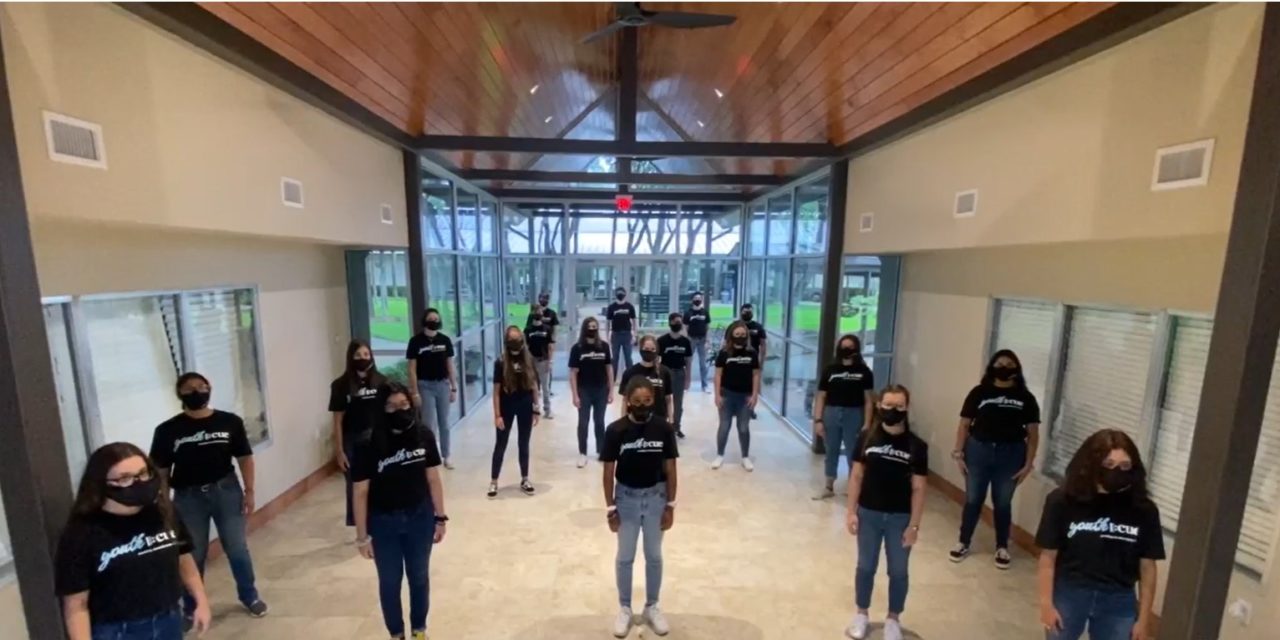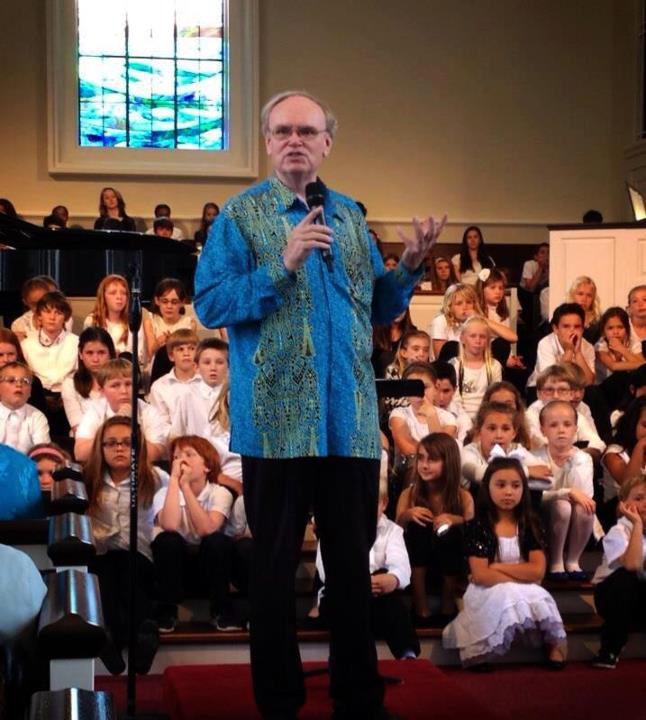In Student Choirs, Distance Can Be Used to Develop Choral Sound
Part 3
As we return to our choirs and some form of normality this fall, I urge all youth choir directors to consider remaining aware of distances between singers in rehearsals, performances, and worship services. I would further encourage us to maintain singing distances greater than in the days prior to the pandemic. I’m not necessarily suggesting six feet apart for choral singing going forward. Two to three feet is greater than most of us had pre-pandemic, and that might be a good new rule of thumb in the months and years ahead.
But why?
There are at least four good reasons shown below.
At this point with the dissipation of COVID-19, the reason for keeping some distance has much less to do with aerosol spread and much more to do with actual choral development. Students – and sometimes not just students but adults as well – often seat themselves literally shoulder to shoulder with their singing neighbors. This happens because we normally arrange rehearsal chairs jammed up next to one another. Sitting and singing with shoulders touching has, for some singers, become somewhat of a musical crutch.
Pre-pandemic, if rehearsal chairs were spaced at a distance, the students would often scoot the chairs as closely together as possible and then virtually sit on top of each another. Although effective in building group togetherness, these cramped configurations did little to help the students sing better or produce a more exciting sound. In fact, a strong case could be built that cramped singing conditions actually reduce the musical effectiveness of the choir.
The first two articles in this series enumerated some of the advantages of using and maintaining some healthy distance while singing.
Here are some reasons for maintaining more space than in pre-pandemic time for the actual act of choral singing. Again, two to three feet might be adequate.
- It is about providing enough space for a singer, young or older, to strike a good singing position, to breathe fully and freely, and to produce a vocal sound that fills the space around them, more fully developing a good sound in the acoustical space provided. See previous articles in this series for more details.
- It’s also about physically filling the choral space, whether in rehearsal or performance. In other words, why not use a larger portion of the available floor space provided? The space will likely feel more function and efficient if all the space is creatively utilized. For most of us, it will be just a matter of getting used to it over the process of some weeks.
- Directors who struggle keeping singers on task (or just have difficulty keeping the young students focused) may find an advantage utilizing more space. If the students are not physically on top of each other, they will not tend to rib one another as much, creating fewer physical distractions. This is not to say that all our disciplinary problems will be magically fixed by spreading out the students, but this setup, in tandem with other positive techniques and factors, could certainly work together to focus energy toward a common goal.
- Almost all our choirs are smaller than they were this time two years ago. One way to keep a choir from feeling “down” is to activate (put to creative use) the entire space. In basketball arenas, football stadiums, and now even in major performing arts centers such as the Walt Disney Concert Hall in downtown Los Angeles, the designers actually use random color differences in the empty seats to keep the place from appearing so empty on a low attendance event. Consequently, the audience never seems small. The architectural and design professionals understand the psychology of spaces that appear empty, and they use seat colors to mitigate the sense of emptiness. When our choirs become comfortable spreading out, singing fuller and more confidently, the sense of emptiness will begin to fill with beautiful sound and better views of each individual singer.
In concluding this three-part series, let us emphasize that, yes, the group needs times to feel physically close, to be able to function in up-close proximity, and to have physical contact with each other. As directors, let us creatively figure out how those times will work before, during, and after rehearsals. It means rethinking our times together and saying good-bye to business as usual. But with enough innovation, thinking ahead, observation, evaluation, and quality time together, we can meet the group needs of our choirs as move towards their potential as a choral organization, a youth group, and a support system for each other.
Randy Edwards










